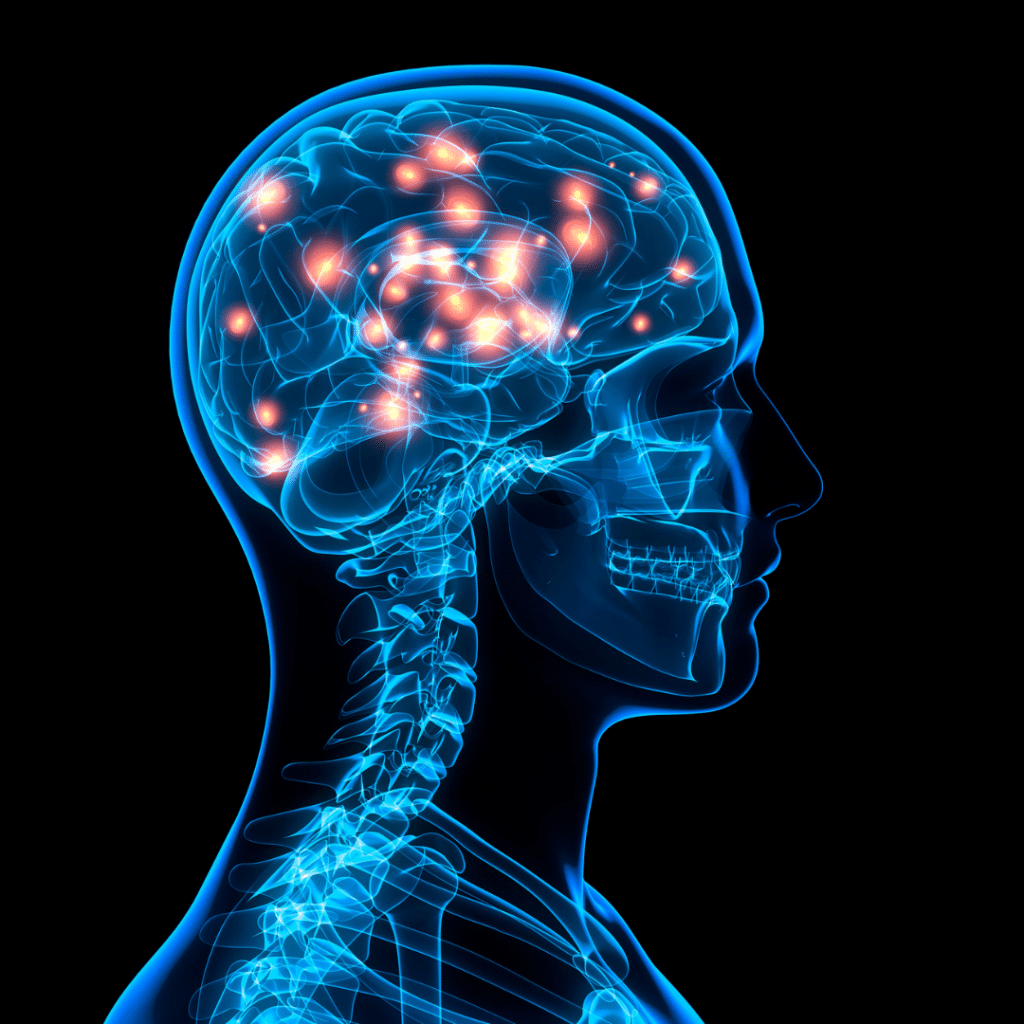Trauma shapes our lives in profound ways, often leaving its mark where we least expect it: deep within our brains. Have you ever wondered why certain experiences leave a lasting mark on us, affecting our thoughts, feelings, and behaviors long after they’ve occurred? These impacts often stem from trauma. Trauma isn’t just a memory; it’s a lived experience that can alter the very fabric of our mental well-being. Trauma, in its many forms, plays a significant role in mental health, shaping how we interact with the world and ourselves.
What is Trauma?
Trauma is a response to deeply distressing or disturbing events that overwhelm an individual’s ability to cope, causing feelings of helplessness, diminishing their sense of self, and their ability to feel a full range of emotions and experiences. It transcends clinical definitions, touching on the universal vulnerability of the human condition. Trauma can be physical, stemming from injuries or accidents; emotional, arising from abuse or loss; or psychological, resulting from extreme stress or fear. The prevalence of trauma is staggering, with studies suggesting that up to 70% of adults experience at least one traumatic event in their lifetime, underscoring its pervasive impact across societies and cultures.

Trauma and the Brain: The Neurological Impact

At the core of our reactions to traumatic experiences are three critical brain regions: the amygdala, hippocampus, and prefrontal cortex. These areas, responsible for processing our emotions, memories, and responses to fear, undergo significant changes post-trauma. The amygdala, responsible for processing emotions, becomes hyperactive, leading to heightened fear and anxiety. The hippocampus, which manages memory formation, can be compromised, affecting how traumatic memories are stored and recalled. Meanwhile, the prefrontal cortex, governing decision-making and impulse control, may function less effectively, making it harder to regulate emotions and responses to stress. This intricate interplay can lead to lasting changes in brain structure and function, illustrating the concept of neuroplasticity, which also offers a glimmer of hope, indicating the brain’s ability to adapt and recover from trauma.
Trauma Responses: Understanding Our Reactions
Our bodies and brains have evolved to respond to danger in a variety of ways when it comes to trauma: fight, flight, freeze, and fawn. These responses are our brain’s attempt to protect us and are rooted in our evolutionary survival mechanisms. Each of these reactions serves a different purpose in helping us deal with threats, and understanding them can help us be more compassionate towards others and ourselves when reacting to stressful situations. The “fight or flight” response prepares us to either confront the threat head-on or to quickly escape from it. On the other hand, the “freeze” response causes us to become immobile, it’s like pressing a pause button during overwhelming fear, serving as a protective measure to make us less noticeable or to help us cope with the shock. Lastly, the “fawn” response, involves using appeasement or compliance as a strategy to avoid further danger or abuse by trying to please or pacify the threat.
Pathways to Healing: Overcoming Trauma
Healing from trauma is a deeply personal journey, and the concept of neuroplasticity shines a hopeful light on this path. Neuroplasticity refers to the brain’s remarkable ability to reorganize itself by forming new neural connections throughout life. This ability means that the brain can adapt and recover from injuries and trauma, essentially rewiring itself in response to new learning experiences or changes in the environment. Therapeutic approaches like Cognitive Behavioral Therapy (CBT), Eye Movement Desensitization and Reprocessing (EMDR), and mindfulness practices leverage this concept by encouraging the development of new thought patterns and responses. These methods help in reprocessing traumatic memories and promote resilience, enabling individuals to develop healthier coping mechanisms. Through the lens of neuroplasticity, we see that recovery from trauma is not only about healing from past experiences but also about forging new pathways in the brain that support emotional and psychological well-being.

Understanding trauma and its impact on the brain is a crucial step toward healing, empathy, and support. Trauma and the brain are intricately linked, with the amygdala, hippocampus, and prefrontal cortex playing key roles in how we process and remember traumatic events. By recognizing the deep connection between trauma and the brain, we can understand what trauma is and how it shapes our responses and behaviors, we can better support ourselves and open doors to resilience and recovery.
Responsibly edited by AI


